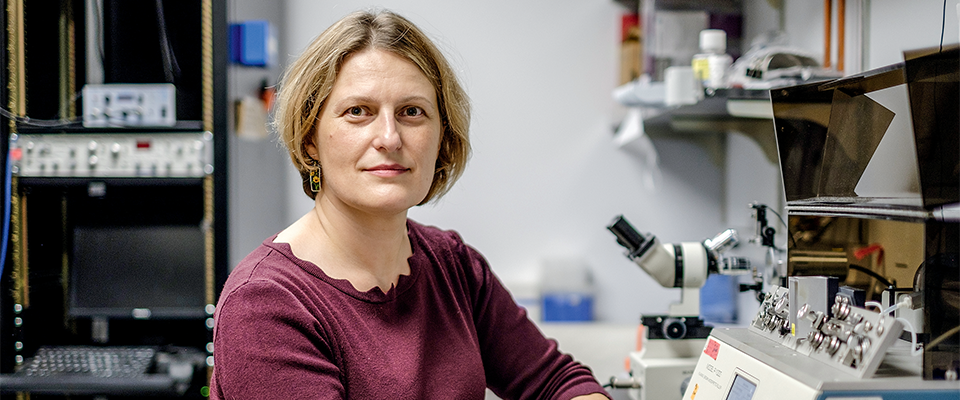Cal is replete with geniuses, of course, but it’s always gratifying when one is recognized as such. That happened today to Lawrence Berkeley National Laboratory physicist and “sound savior” Carl Haber, who has been named one of 2013’s MacArthur Genius Grant recipients.
Haber’s award was granted in recognition of his endeavors to resurrect recorded sounds from the dawn of the age of audio. Speaking to reporters, he summed up the news of the award—which grants him $625,000 over the next five years to spend at his discretion—with the word “unbelievable.”
It all started 12 years ago, when he heard a radio segment about the dire state of the Library of Congress’ huge audio collection. Many of the library’s older recordings—wax, paper and cardboard cylinders and discs that contain, among other things, utterances from Alexander Graham Bell—are on the verge of returning to their constituent compounds and elements.
Haber, whose work was featured in California Magazine in 2009, told us that he wasn’t an audiophile, but he thought he might be able help with the problem. And he was right: It turns out his research in detecting and identifying subatomic particles was directly applicable. With colleague Vitaliy Fadeyev, he developed a digital photography technique that captured high-resolution images of the horizontal grooves in old discs. These images could then be fed into a computer, the grooves translated into aural analogues, and—voila: living voices and music from the 19th Century.
The two researchers later augmented their technique so they could retrieve audio information from even older wax cylinders. The cylinders were more problematic than the discs because they are easily damaged, susceptible to a particularly pernicious mold, and the grooves carved in them must be scanned in exquisite detail in three dimensions.
Ultimately, Haber’s legerdemain coaxed sound from the oldest known recording of an American voice. The 78-second recording—scratched onto a sheet of metal foil that originally had been attached to a cylinder, but had been folded and stored in an envelope for more than 100 years—featured a cornet performance by an unknown musician and the recitation of nursery rhymes (including “Mary Had a Little Lamb”) by Thomas Mason, a political journalist of the time.
Haber and Cal linguist Andrew Garrett are also restoring sound from thousands of wax cylinders held by the Hearst Museum of Anthropology, including songs and fables from California Indians. Some of the languages captured in these recordings are now extinct.
The great advantage of Haber’s invention is that it allows for the high-fidelity reproduction of old sounds without damaging the matrices that contain them. The ancient discs and cylinders are never touched by a stylus or other physical object; they are merely scanned.
For Haber, the development is more than a technological breakthrough. As he intimated in an interview on PBS Television when he deciphered the 1878 recording, accurate preservation of the past is necessary to understand the present and plot possible future trajectories for civilization.
“I think it’s very important to create stable archives of the information we create as a culture…to preserve images of moving pictures and recorded sounds of the past,” Haber observed. “Early sound is something they’re not making anymore. It gives us a significant and important window (into) what people were doing and the insights they had. (That) underlies the information and communication age we live in today.”
—Glen Martin
Watch Haber discuss his work in this video.




















